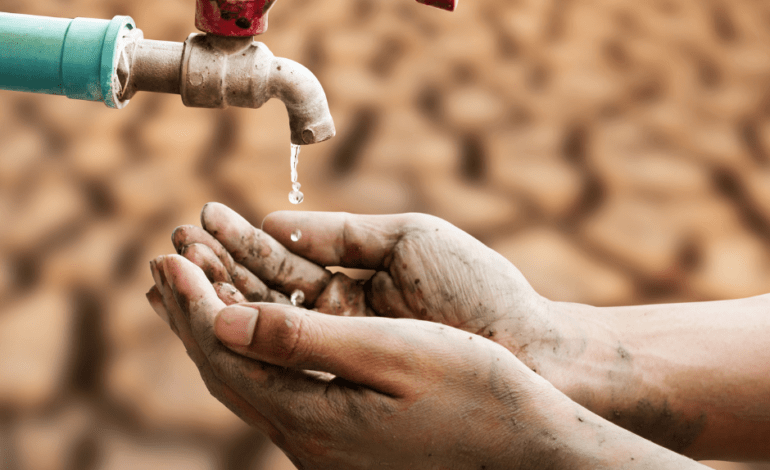From Mario Villarino 8.31.2023

Certainly, drought conditions in Texas can significantly impact the cattle industry. During droughts, the availability of water and forage for cattle can become limited, leading to challenges in maintaining the health and productivity of the animals. Ranchers may need to implement strategies such as supplemental feeding, reducing herd size, or relocating cattle to areas with better grazing conditions to mitigate the effects of drought. It’s important for the cattle industry to adapt and prepare for such environmental challenges to ensure the well-being of both the animals and the industry as a whole. As a beef producer, knowing when to adjust for the lack of rain is critical. Drought is a fact of life on Texas rangelands since “dry” years occur more often than “wet” years. Literally, drought is “normal” whereas years of good rainfall are the exception. Consequently, range managers are always suffering from, getting over, or preparing for drought. However, any predictions of when they will occur and how long they will last are merely speculation. Mismanagement during drought is related to desertification, a departure from a healthy rangeland state. Rangeland ecosystems depend upon four main ecosystem processes in order to remain healthy. These are a properly functioning water cycle, effective energy capture and transfer, adequate nutrient cycling, and vegetation successional dynamics. If any of these processes are disrupted or fail, ecosystem function is impaired, production is diminished, and ecosystem health is at risk. Drought has been defined as “prolonged dry weather, generally when precipitation is less than 75 percent of the average annual.” There are, however, several kinds of drought depending upon definition and impact. Meteorological drought is the degree of dryness measured in deficits from the “average.” Agricultural drought is the impact of dry weather on crop and forage production. Hydrological drought impacts water supplies (lakes levels, aquifer levels, etc.) Lastly, socioeconomic drought impacts economic and social systems. Surviving drought requires planning for it. Drought is easily recognized once it has its full impact; however, it’s development begins slowly and can end abruptly when sufficient rainfall occurs. Hence, the critical decisions going into a drought are difficult to make for fear of premature decisions that can affect future income. These decisions should be based upon ranch operation and all levels of the organization – the strategic or top policy makers, the tactical or livestock policy level, and the operational level should be involved in drought planning. The key to successful range management lies in the ability of the manager to predict and/or monitor future and current conditions and make necessary changes. Weather is uncontrollable, but certain aspects are reasonably predictable. A manager who survives a drought in the best possible financial situation with a rangeland capable of growing abundant quality forage can quickly capitalize on good rainfall years. The basic principle then becomes one of protecting the rangeland resources before and during drought years so that faster recovery and higher returns can be realized. As on the region (east Texas) topsoil conditions were short, while subsoil conditions were adequate, and the soil was drying out very quickly. Pasture and rangeland conditions were fair to good. Extreme heat and lack of rain slowed hay production to a crawl, but many producers continued to cut and bale between sporadic rainfall. Pastures were showing signs of drought stress. Livestock were doing fair to good. Cattle market prices still looked good. Grasshopper infestations were reported in Cherokee and Smith counties. Wild pigs remained an issue for producers and landowners. Having a better scenario than most of the rest of Texas, our range conditions are holding up but the rest of the season has still many hot weather days without rain left. Landowners most adopt a strategy to coupe with the lack of rain in the near future. Being prepared and having a strategy to follow will release stress in your operation and will make the adjustments needed easier to implement. For more information on this or any other agricultural topic please contact the Hopkins County Extension Office at 903-885-3443 or email me at m-villarino@tamu.edu.












